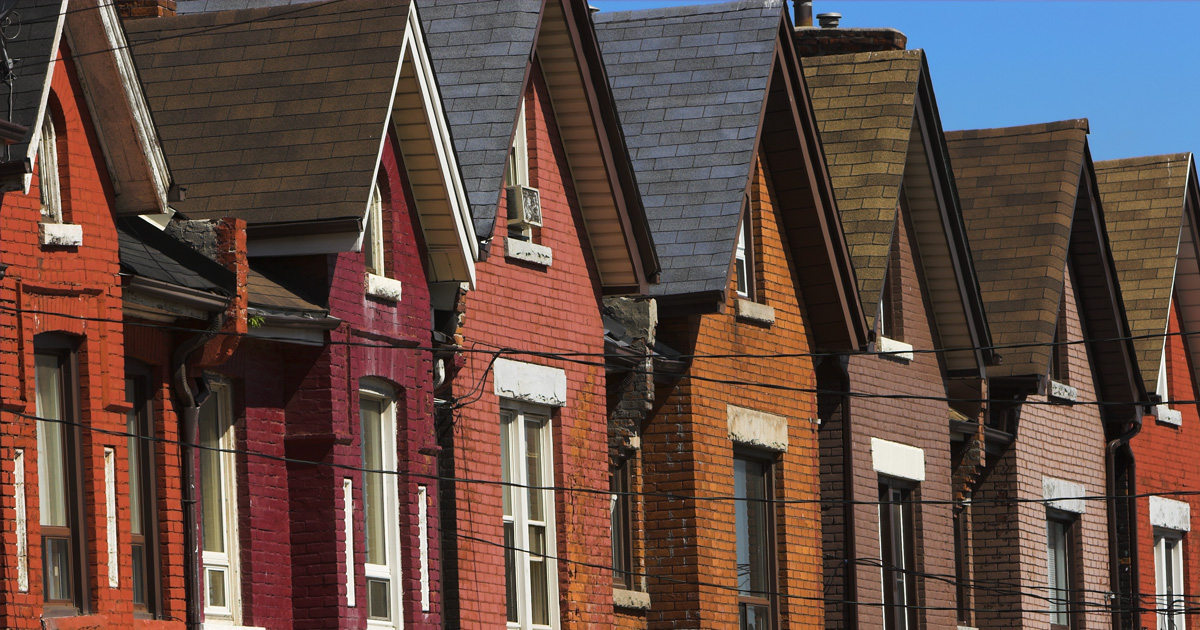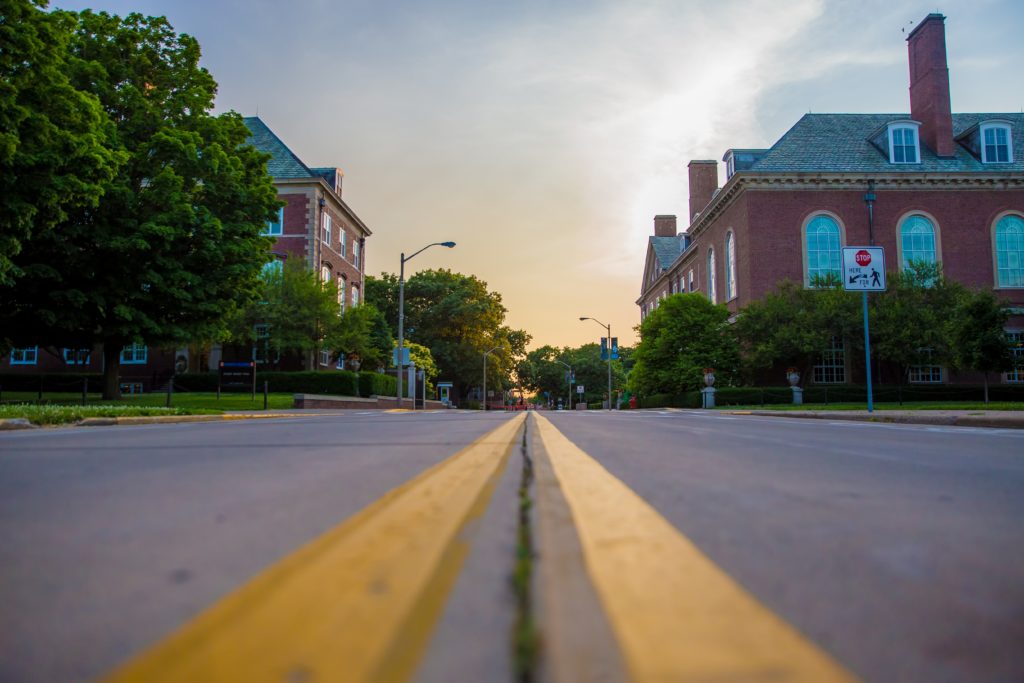Homelessness is what happens when housing is out of reach. The growing gap between increasing housing costs and static wages in recent years has meant constantly rising rates of homelessness. For Black people, generations of being excluded from housing access means today being significantly overrepresented among people experiencing homelessness.
When Housing is Inaccessible
Unequal access to housing is part of a long legacy of injustice. Historically, official and de facto discriminatory policies like redlining, segregation of housing developments, and government subsidizing of white communities have excluded Black Americans from stable housing and economic growth.
During the height of the Great Depression in 1933, the federal government began implementing new programs designed to make housing more accessible for newly impoverished Americans. The main beneficiaries of these programs, however, were middle class white people. Newly-developed suburban communities excluded Black Americans and other people of color, pushing them into densely populated, underfunded urban areas. This exclusion only continued in subsequent years, exacerbating disparities.
Redlining and Preventing Home Ownership
Beginning in 1934, the Federal Housing Administration (FHA) bolstered existing segregationist tactics by declining to underwrite homes in predominantly Black communities. The FHA justified this official policy, known as redlining, by describing Black neighborhoods as an elevated risk. The end result increased homeownership among white Americans, but not among Black ones.
The FHA did not only refuse to insure homes in Black communities. It also actively fought integration and Black homeownership. In the rare case of a Black family being able to afford to buy into a white neighborhood with no government assistance, the FHA would reject mortgages in the area even for white occupants. Its pretense was that the community was now at an increased due to the threat of integration. This practice placed an additional layer of restriction against Black potential homeowners. It further ensured that Black residents would not become homeowners, and ushered Black people into crowded urban areas that helped create generations of poverty.
Similar policies persisted into the latter half of the twentieth century. In 1963, the historic March on Washington included demands to end segregation and discrimination in housing. By 1968, the Fair Housing Act had been introduced, outlawing racial discrimination in private housing. Still, Black and non-white applicants continued to face outsized barriers to housing.
By the time Black people were technically free to purchase homes in the communities that had previously excluded them, most could not afford to. Over the decades when white homeownership was promoted but Black people were excluded, white families built equity, while Black ones were trapped into cycles of poverty.
Lasting Effects
Today, long-term effects of segregation in housing linger for Black Americans. In 2020, the Census Bureau reported that only 44% of Black people are homeowners, dwarfed by the three quarters of white homeowning households. Black people are also more likely to take on more debt in order to purchase homes, strapping them down with increased liabilities. Black people who do own homes have the lowest median incomes of all races, and their homes are worth the least. All of these factors have led to a disproportionate number of Black Americans experiencing homelessness, due to systemic discrimination in housing.
Modern Day Disparities
The legacy of housing segregation also continues to impact modern homelessness. Staggering racial disparities in modern homelessness can be partially credited to the fact that Black Americans have been left out of this country’s growth processes for so many generations.
Looking forward, a particular focus on addressing disparities must be included in any plans to end homelessness. Understanding why these disparities exist is the first step in eliminating them entirely. This Black History Month, it is as important as ever to remember the history that got us here, and incorporate it in our work moving forward.
Stay Updated: Solutions, Stories, and Ways to Make an Impact
Sign up to receive updates on the Alliance’s work, including the latest research, advocacy efforts, and real stories of progress — plus ways you can help drive lasting change.














